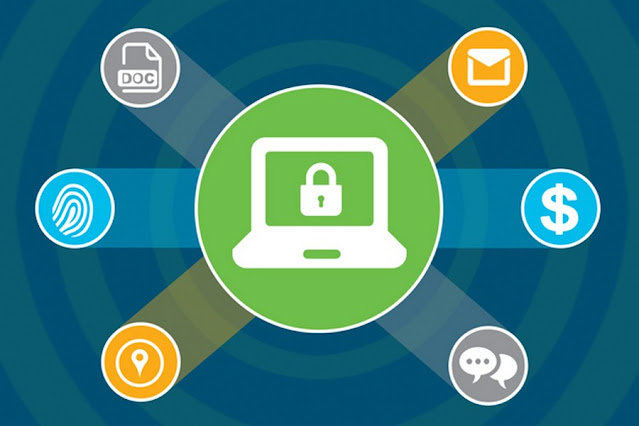Data Loss Prevention Prevents Sensitive Or Business-Critical Data From Leaving An Organization's Network And From Being Damaged Or Deleted
 |
| Data Loss Prevention |
Since data breaches are almost always in the news, security
experts are constantly thinking about data loss prevention (DLP). Although Data Loss Prevention software has been
the standard solution for preventing data loss since the 1990s, it is no longer
the best option because enterprise data is increasingly being stored on the
cloud rather than on-premises. The process of identifying and stopping data
exfiltration is known as Data
Loss Prevention (DLP).
It also symbolises the software used by network
administrators to monitor and regulate the data that users are permitted to
transport. Unfortunately, DLP is beginning to fall short as a strategy since
conventional software is still unable to completely prevent data loss. DLP
tools from the past only function when data is stored locally, not in the
cloud. DLPs were once the best option and offered a number of advantages.
Traditional DLP software did a good job of mitigating data loss before cloud
deployments.
Met compliance
requirements: Data Loss Prevention software has tools
for enforcing compliance rules throughout an organization to safeguard
Personally Identifiable Information (PII) and adhere to HIPAA, PCI-DSS, GDPR,
and other compliance requirements.
Intellectual property
(IP) protection:
Legacy DLPs assisted security teams in establishing rules to stop employees
from stealing or copying IP. As traditional DLP is primarily reactive, stopping
IP theft is currently the use case where it performs the least well.
Enhanced data
visibility: Data Loss Prevention software mandated
that security personnel catalogue and categorise both new and old data. Even
though this exercise improved data visibility, it also restricted a DLP's
ability to only cover behaviours that the organisation deemed to be improper.
Lower danger of
financial loss: When
corporate data was stored on local discs, DLPs might minimise the possibility
of a data breach and financial loss.
Traditional Data Loss
Prevention undoubtedly had a good impact on the cyber security sector, but
as businesses continue to migrate to cloud technologies, they are unable to
adequately protect sensitive data.
With 63% of departing employees confessing to taking company
data, departing employees are a major source of data leaks.
Ex-employees who have access to a company's networks and data
may harbour resentment and seek to reveal sensitive knowledge to rivals, which
is a type of insider threat. Others might desire to use contact lists or other
templates to gain an advantage at their new work. Insider threats like this are
dangerous because they are challenging to identify, regardless of their
motivation. Despite having a DLP, 69% of the firms surveyed in 2019 reported an
insider breach.



Comments
Post a Comment